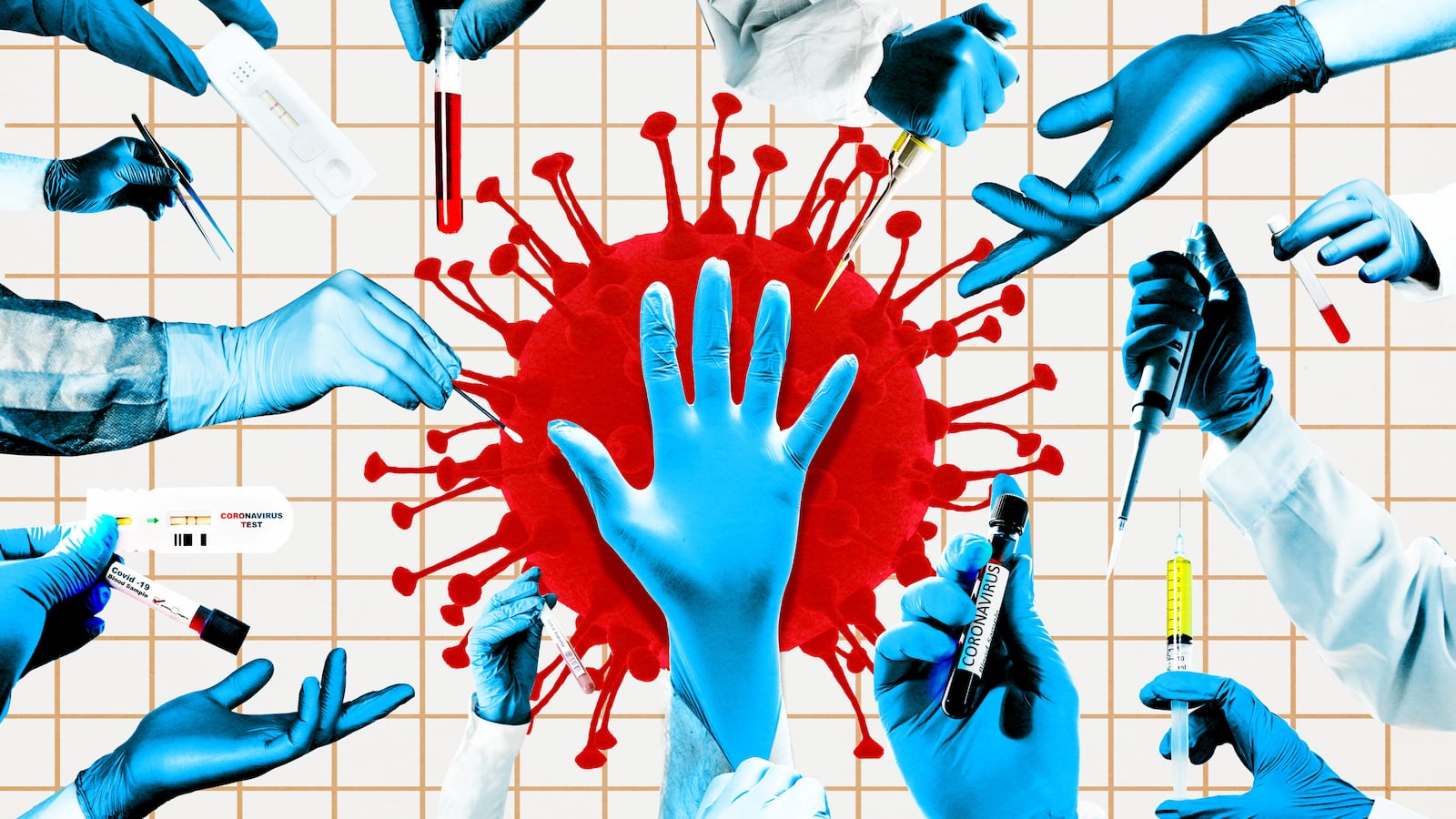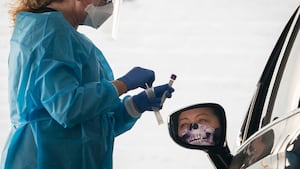Coronavirus testing is ramping up across the country but not nearly fast enough. The consensus among experts is that “Phase One” testing must at least triple before the economy can fully re-open. After that, we’ll need tens of millions more COVID-19 tests, not to mention contact tracing and—when they become more accurate—widespread antibody testing.
Can we recruit, train and—most important—supply a new “Testing Army”? The answer is yes because we’ve done it before. It’s time to think of a mobilization model so old, it’s new.
In 1933, the Civilian Conservation Corps went from zero to 275,000 in four months—the fastest mobilization in American history.
The CCC was the brainchild of President Franklin D. Roosevelt, who thought it up six days after taking office on March 4, 1933. (The old Inauguration Day). Facing 25 percent unemployment and growing desperation, he knew he had to move fast. In his inaugural address, the line, “This nation asks for action, and action now” won more applause than “the only thing we have to fear is fear itself.”
At home in Hyde Park, New York, Roosevelt was a conservationist. So he summoned his advisers to an emergency meeting in the White House and told them he wanted to pay young people—many of them destitute “hobos”—$1 a day to plant trees, clear trails and drain swamps. To their horror, he plucked a number out of thin air—500,000 jobs (later cut in half). He wanted them created and filled by summer.
That was only three months away! Impossible, the new president was told by his secretaries of interior, labor and agriculture. Who will train and enlist them? How can you pay only $1 a day? All of the objections were valid. But the more his team said no, the more Roosevelt said yes.
Because FDR had experience in the federal bureaucracy during World War I (assistant secretary of the navy), he knew which levers to pull: “Resurrect the United States Employment Service [a moribund agency] right away,” he instructed. Most important, he used his power as commander in chief to order the U.S. army to work with civilian agencies in training, housing and feeding the recruits.
Every level of government had a role in the mobilization. Roosevelt asked governors for vacant land and Congress to speed approval. When officials explained complications, he listened patiently and tried to work through them. But ultimately his message was: 250,000 people working in the forests by summer. Do it now and I won’t take any excuses!
“He put the dynamite under people who had to do the job and let them fumble for their own methods,” remembered Frances Perkins, FDR’s labor secretary and the first woman in the Cabinet.
The government and the people responded to his leadership. By July 1—less than four months after FDR launched his outlandish idea—1,300 camps had been established around the country with 275,000 corps members, exceeding his goal.
Over its nine-year existence, “Roosevelt’s Tree Army” enlisted three million men of all races (no women). They planted 3 billion trees, developed 800 state parks, protected 20 million acres from soil erosion and cleared 125,000 miles of trails, including the first in the U.S. for downhill skiing.
The CCC trained the generation of leadership (including General George C. Marshall) that helped win World War II and it became the model for all national service programs that followed, from the Peace Corps to AmeriCorps to progressive proposals for a Green New Deal.
All of this obviously makes for a discouraging comparison to the present. If President Trump had acted in the winter of 2020 the way FDR did in the winter of 1933, we wouldn’t be in this predicament. Now Trump is claiming the states have all the capacity they need for testing, which is dangerously false.
But it’s not too late for the president, Congress and the governors to use the CCC as a template for a new “Civilian Health Corps.” If FDR were president now, he would no doubt be signing legislation sponsored by Sen. Chris Coons and Rep. Jimmy Panetta (and backed by Joe Biden) that would immediately fund 300,000 positions for public health workers, mostly through AmericaCorps, the national service program descended from the CCC. The structure is there to ramp up quickly, as Roosevelt did.
To address the shortage in testing kits, Trump and the governors should again look to Roosevelt and his ambitious goal-setting. As Europe fell to the Nazis in 1939, FDR set a goal of building 50,000 combat airplanes a year, more than 25 times as many as existed in the entire American arsenal at the time. Just as in the Depression, FDR was told it was impossible. With the help of automakers converting their assembly lines to making aircraft, he got it done.
Today we have more tools than Roosevelt for confronting the crisis, including the War Production Act of 1950 and 1,400 armed forces recruiting stations that could process applications for a short training course on administering COVID-19 tests, followed by rapid deployment of qualified recruits to testing centers across the country.
Trump isn’t FDR, to put it mildly, but the American people have responded to this crisis with much the same openness to collective efforts as our parents and grandparents did.
Whatever the specifics of this testing mobilization, we know this:
“This nation asks for action, and action now.”
Jonathan Alter is the author of The Defining Moment: FDR’s Hundred Days and the Triumph of Hope.







